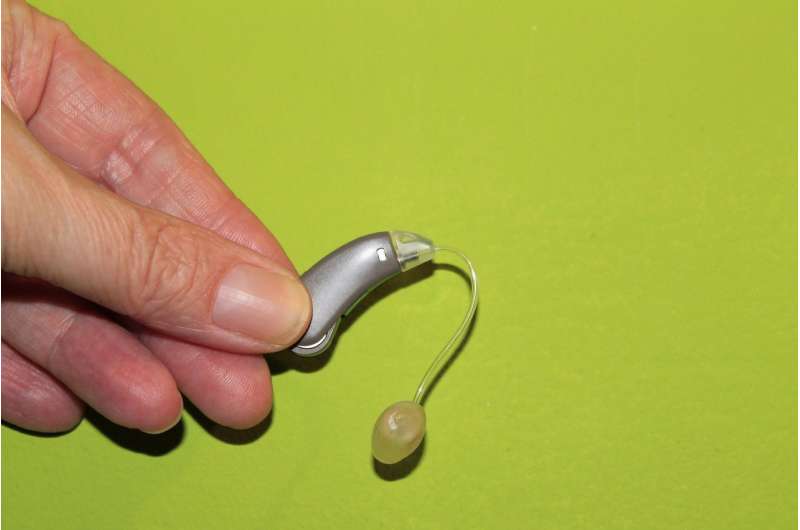Innovative PET Imaging Technique Enables Simultaneous Visualization of Three Radiotracers

A new advanced PET imaging method allows for the simultaneous visualization of three radiotracers in a single scan, enhancing diagnosis and treatment monitoring for complex diseases like cancer.
A groundbreaking advancement in positron emission tomography (PET) imaging has been introduced, allowing for the concurrent visualization of three different radiotracers within a single scan. Presented at the Society of Nuclear Medicine and Molecular Imaging 2025 Annual Meeting, this multiplexed PET technique marks a significant leap forward in molecular imaging. By leveraging recent advancements in radionuclide production, radiochemistry, and imaging technology, researchers have developed a method to distinguish and unmix signals from multiple isotopes simultaneously.
The study, led by scientists at Stanford University, demonstrates the use of a triple-coincidence PET approach that employs a specialized 3x3 grid phantom. In this setup, the system successfully differentiated signals from isotopes such as fluorine-18 (18F), copper-64 (64Cu), iodine-124 (124I), and cobalt-55 (55Co). The process involved sorting photon coincidence data by photon count and energy, then applying scaling factors to accurately separate signals and generate clear images of each tracer.
This technology opens new avenues for imaging complex diseases like cancer, where multiple biomarkers need to be monitored simultaneously. The ability to capture comprehensive molecular profiles in a single session can greatly enhance diagnostic accuracy and therapeutic monitoring. Although currently in the experimental stage, future developments are focusing on refining quantitative analysis, improving correction techniques, and adapting hardware for clinical use. Experts suggest that with continued innovation and commercial support, triplexed PET could become a staple in medical imaging within the next five years.
Dr. Sarah Zou from Stanford emphasizes the potential impact of this technology: "Multiplexed PET offers a powerful tool for exploring biologically complex conditions, providing clinicians with richer information to guide treatment decisions." The achievement signals a promising step towards more integrated and informative molecular imaging protocols.
Source: https://medicalxpress.com/news/2025-06-advanced-pet-technique-simultaneous-imaging.html
Stay Updated with Mia's Feed
Get the latest health & wellness insights delivered straight to your inbox.
Related Articles
Increased Risk of Kidney Disease and Hypertension in Childhood Cancer Survivors: New Findings
Childhood cancer survivors face a higher risk of developing chronic kidney disease and hypertension, emphasizing the need for tailored long-term health monitoring and management strategies.
Innovative At-Home Diagnostic Test Enhances Detection of COVID-19 and Cancer with Unprecedented Accuracy
A new at-home biosensing technology utilizing the coffee-ring effect, plasmonic nanoparticles, and AI offers rapid and highly sensitive detection of COVID-19 and cancer biomarkers, paving the way for accessible disease diagnostics.
Research Finds BMI to Be an Unreliable Predictor of Future Health Risks
A groundbreaking study from the University of Florida reveals that Body Mass Index (BMI) is an unreliable measure for predicting long-term health risks, advocating instead for direct body fat measurement techniques like bioelectrical impedance analysis.
Improving Hearing Care May Help Reduce Social Isolation in Seniors
Addressing hearing loss in older adults through proper care and hearing aids can significantly help reduce social isolation and loneliness, improving overall health and well-being.



